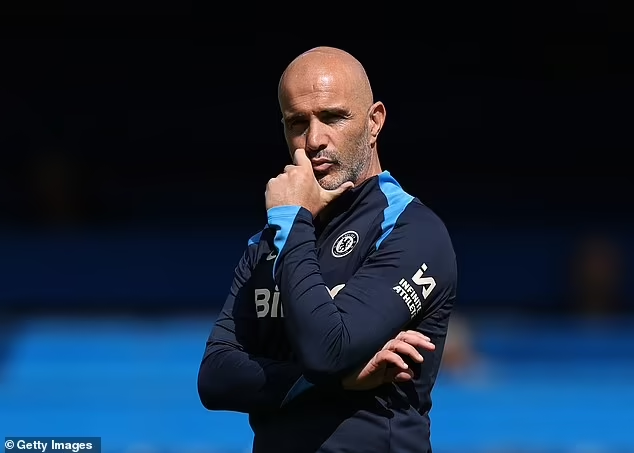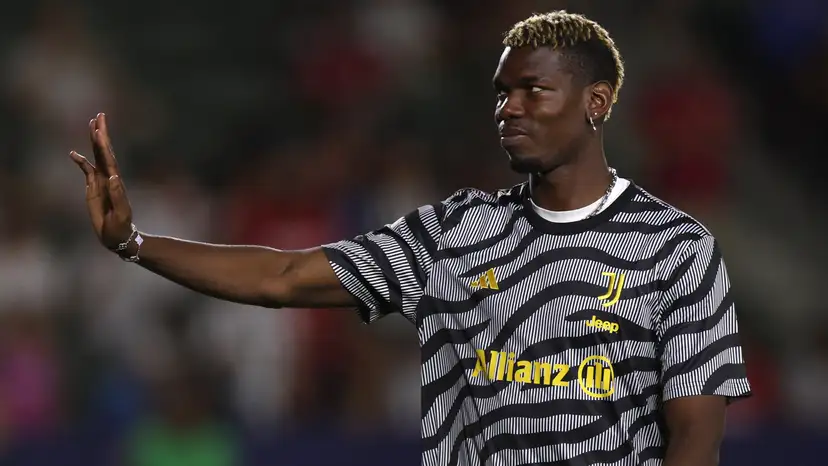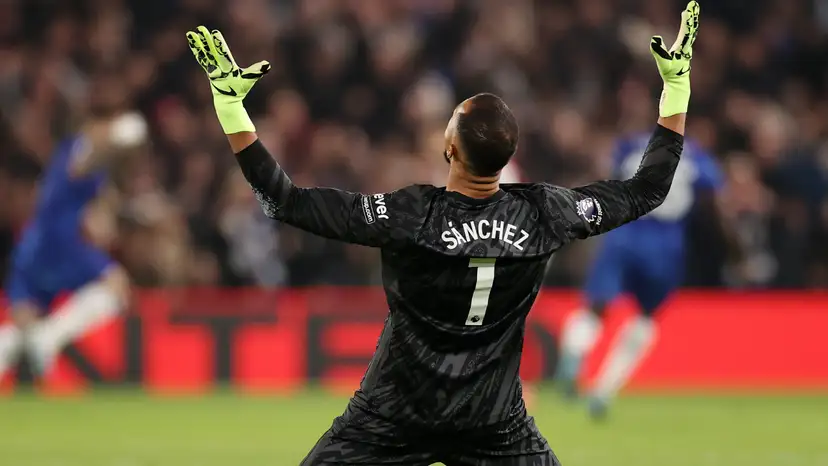
Shirt numbers in football were first introduced in the 1920s to help spectators identify players on the field. Originally, numbers 1–11 corresponded directly to positions in formations like the 2-3-5, with the goalkeeper as 1, fullbacks as 2 and 3, and forwards occupying 7–11. These numbers were purely functional and offered no personal identity to the player wearing them.
The system changed significantly in 1993 with the introduction of permanent squad numbers. Players were no longer restricted to their position’s traditional number, and numbers up to 99 became possible. This allowed athletes to associate themselves with a specific digit, turning shirt numbers into personal brands. Players like Cristiano Ronaldo with 7 and Lionel Messi with 10, and began to carry the cultural and commercial weight of their numbers alongside their on-field role.
Numbers have also become shorthand for a player’s identity. Fans, commentators, and teammates often refer to a player by their number rather than their position. Saying “the 10” or “the 9” communicates both the expected role and the status of the player. This shift increases the psychological pressure on those wearing historically significant numbers, as they inherit the legacy and expectations of previous legends.
Number 10 has long represented the team’s creative heart. Traditionally worn by the attacking midfielder, it signals responsibility for both creating and finishing opportunities. Legends like Pelé, who received the number by accident, Diego Maradona, whose Napoli 10 is retired, and Lionel Messi, the modern embodiment of the number, demonstrate the enduring symbolic weight of 10. Other influential number 10s include Zinedine Zidane and Ronaldinho, players whose vision and skill defined their teams.
Number 9 signifies the central striker, the goal poacher, and the focal point of the attack. Famous number 9s like Ronaldo Nazário (R9), Alan Shearer, and historical figures like Dixie Dean exemplify the archetype of the finishing forward. Modern examples such as Erling Haaland and Robert Lewandowski maintain the association of 9 with clinical goal scoring and central attacking responsibility.
Number 7 traditionally belonged to right wingers but has evolved into a versatile attacking number symbolizing flair, leadership, and marketability. Cristiano Ronaldo (CR7) turned it into a global brand, while George Best and Eric Cantona established the lore at Manchester United. David Beckham continued this lineage, and other notable 7s include Luís Figo and Kenny Dalglish. Wearing the number 7 today comes with immense expectation due to its history of creative excellence and off-field influence.
Number 1 is reserved exclusively for the starting goalkeeper. It represents the last line of defense and carries immense responsibility. Legends like Lev Yashin, the only goalkeeper to win the Ballon d’Or, Gianluigi Buffon, and Manuel Neuer have made the number iconic. Occasionally, outfield players have worn it due to alphabetical or administrative numbering, such as Osvaldo Ardiles who was actually a midfielder but wore 1 because Cesar Luis Menotti, his national team’s(Argentina) coach utilized the alphabetical system, but these cases are rare.
Numbers 4, 5 and 6 traditionally define the central defensive hierarchy. Number 5 often signifies the commanding leader or sweeper, exemplified by Franz Beckenbauer, while number 4 and 6 have been associated with aggressive defenders and/or holding midfielders, such as Patrick Vieira. Modern defenders like Paolo Maldini (who also wore 3), Sergio Ramos (4), and Rio Ferdinand (5) reinforce the link between these numbers and defensive authority.
Number 8 represents the engine room the box-to-box central midfielder or the game controllers responsible for both defense and attack. Players such as Steven Gerrard, Toni Kroos and Andrés Iniesta exemplify how the number 8 combines stamina, tactical intelligence, and creativity, often defining the rhythm of a team.
These numbers, like the attacking trinity, carry expectations that go beyond the pitch. Wearing 1, 4, 5, 6 or 8 signals leadership, responsibility, and tactical awareness, and players are judged against the standards set by previous legends who defined those roles.
Not all numbers follow tradition. Johan Cruyff’s adoption of 14 at Ajax popularized numbers outside 1–11, opening the door for players like Thierry Henry with 14 at Arsenal, to create their own legacies.
Some players select high numbers for personal or symbolic reasons. Trent Alexander-Arnold (66) became iconic despite random kit allocation, Phil Foden (47) wears a number honoring his late grandfather, and Iván Zamorano (1+8) famously used a plus sign to represent 9.
Clubs also pay homage through retired numbers, such as Paolo Maldini’s 3 at AC Milan or Diego Maradona’s 10 at Napoli, signaling ultimate respect and preserving legacy. Cross-sport influence is also evident in cases like David Beckham adopting 23 at Real Madrid, inspired by Michael Jordan. These choices illustrate how modern football numbers convey personal meaning, branding, and cultural significance, moving beyond position to identity.
Shirt numbers in football have evolved from simple position markers into powerful symbols of identity, status, and legacy. Numbers like 7, 9, and 10 carry historical weight, defining expectations for creativity, finishing, and leadership, while defensive and midfield numbers signal authority and tactical responsibility. Unconventional choices, retired numbers, and personal tributes show how digits now communicate individuality, culture, and even branding. As the game continues to modernize, the significance of numbers remains, blending history, personal identity, and legacy into a single, iconic digit on the back of a jersey.








